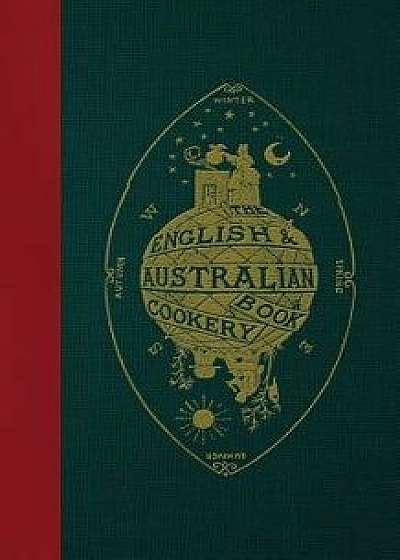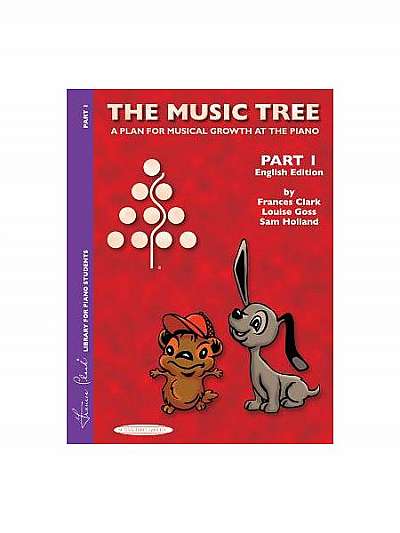
The English & Australian Cookery Book: Cookery for the Many, as Well as the Upper Ten Thousand, Paperback/An Australian Aristologist
Descriere
This is the first ever softcover edition of "The English & Australian Cookery Book." White Australians have generally regarded the consumption of native flora and fauna with hesitation. From the outset of European colonisation of Australia, emphasis has been placed upon the cultivation the exotic grains like wheat, and the farming of animals such as sheep and cattle, in order to establish a familiar and long-term food supply. However, by necessity and sometimes choice, native produce comprised an important part of the diet for many colonists throughout the 19th century. While plants were rarely exploited as a food source, plentiful kangaroos and water fowl were an obvious source of protein for those isolated on properties in the country. Fish were a major part of the diet for coastal settlements. Possibly as a result of this ambivalence, there was little attempt to codify a specific Australian cuisine until Edward Abbott's, 'The English and Australian Cookery Book', was published in 1864. Describing himself as an 'Aristologist' or an expert in fine dining, Abbott collected recipes that often combined native and exotic ingredients. The result was dishes such kangaroo stuffed with a mixture of beef suet, bread crumbs, parsley, shallots, marjoram, thyme, nutmeg, pepper, salt, cayenne and egg. He also championed locally produced wines and discussed related matters such as servants and smoking etiquette. A "cornstalk," Abbott was born in New South Wales in 1801. He was the son of an army major and therefore part of the colonial gentry. The family moved to Hobart in 1815. Abbott settled into the local society, establishing the 'Hobart Town Advertiser' in 1839 and was elected to parliament in 1856. It was in Tasmania that he developed his enthusiasm for local ingredients. "The English and Australian Cookery Book" is widely regarded as the first Australian cookbook. It was originally published by Sampson Low, Son and Marston of London and had a green cloth and red leather b





